Viticulture The Foundation of How We Farm
Being in the vineyard every day, feeling its seasonal rhythms, is the foundation of how we farm. Without being immersed in it, we wouldn’t be able to gather key learnings provided from the site and apply it to our approach: this is the root of our philosophy on sustainability. By taking the time to fully appreciate and understand the dynamic qualities of each vineyard site, we can preserve a healthy environment conducive to producing the highest quality wines that reflect their unique terroir for generations.
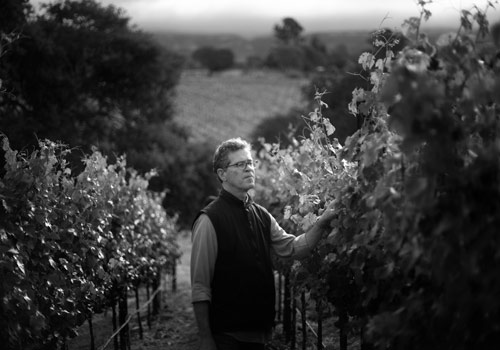
Walking through each vineyard row and feeling a connection with all the natural elements is a key pillar of our approach to farming
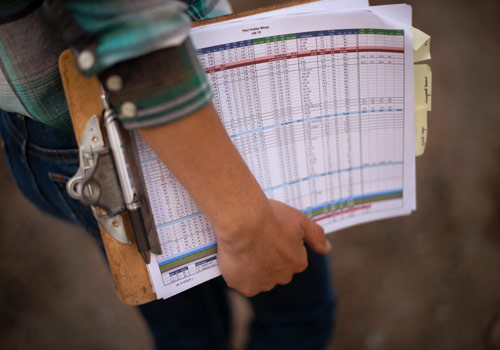
Detail and quality begin in the vineyard
Paul Hobbs Winery does not subscribe to a ‘one-size-fits-all’ approach for our vineyards. Rather, we take time to understand its inimitable features through both analysis and instinct to make educated decisions. Block by block and vine by vine, we cultivate our fruit with the utmost care. The variety can take on the characters of the site if we allow it to, developing it in the least invasive manner and in harmony with the land.
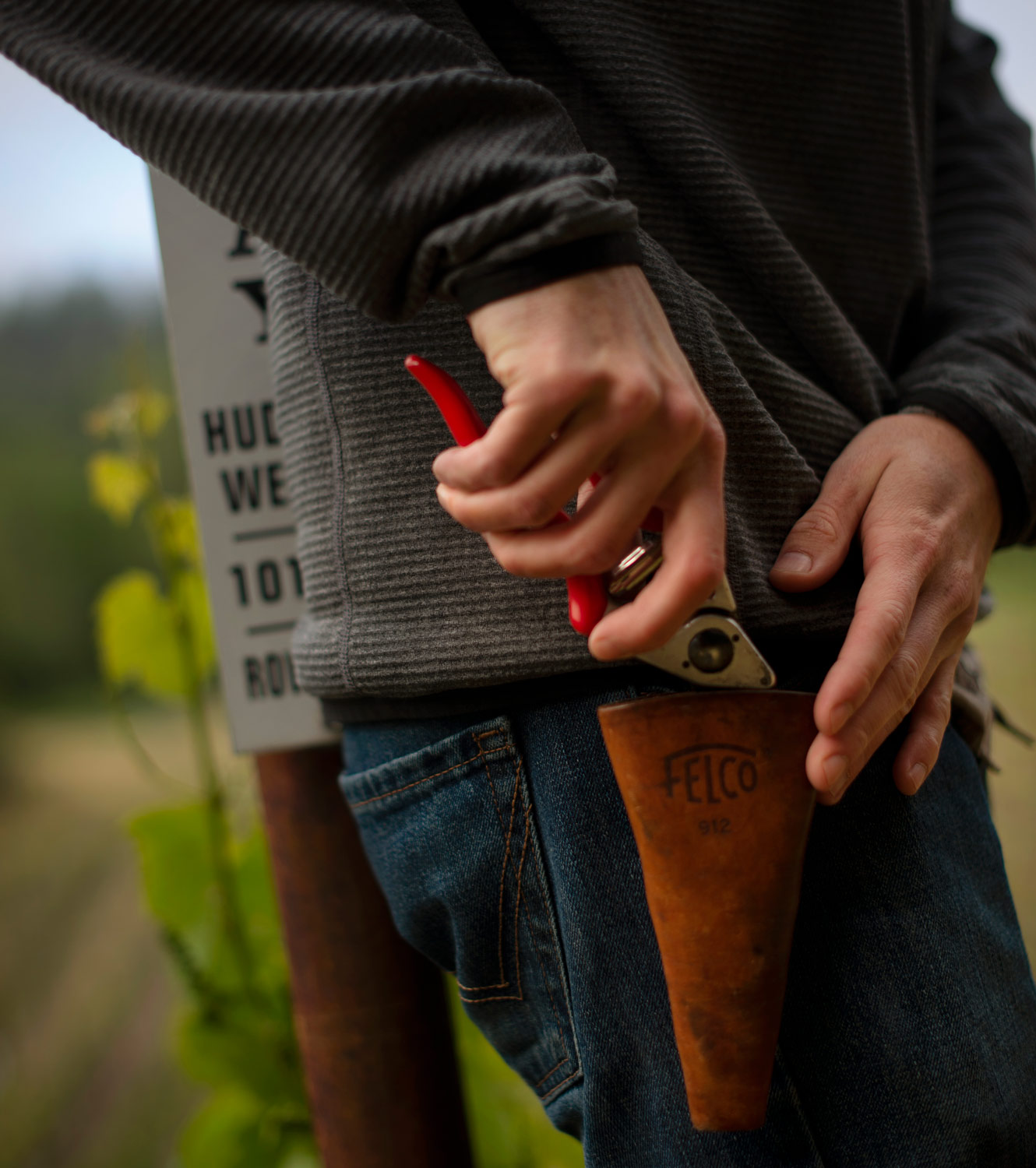
Failing to embrace the vineyard’s soils, exposure, and microclimate would be a disservice to Mother Nature and to the wine.
Tailoring the rootstock and clonal selections to the soil in each block reinforces this goal, better minimizing the dependency on resources, and naturally defending against soil-born pests. Meticulous vineyard management, including diligent pruning and leaf thinning, assists in ensuring that our crops mature and ripen fully. To return balance to the soil, roots, vines, these pruned canes and leafs are integrated into the soil through composting. With these techniques and others, we are able to produce precise expressions of the diverse sites.
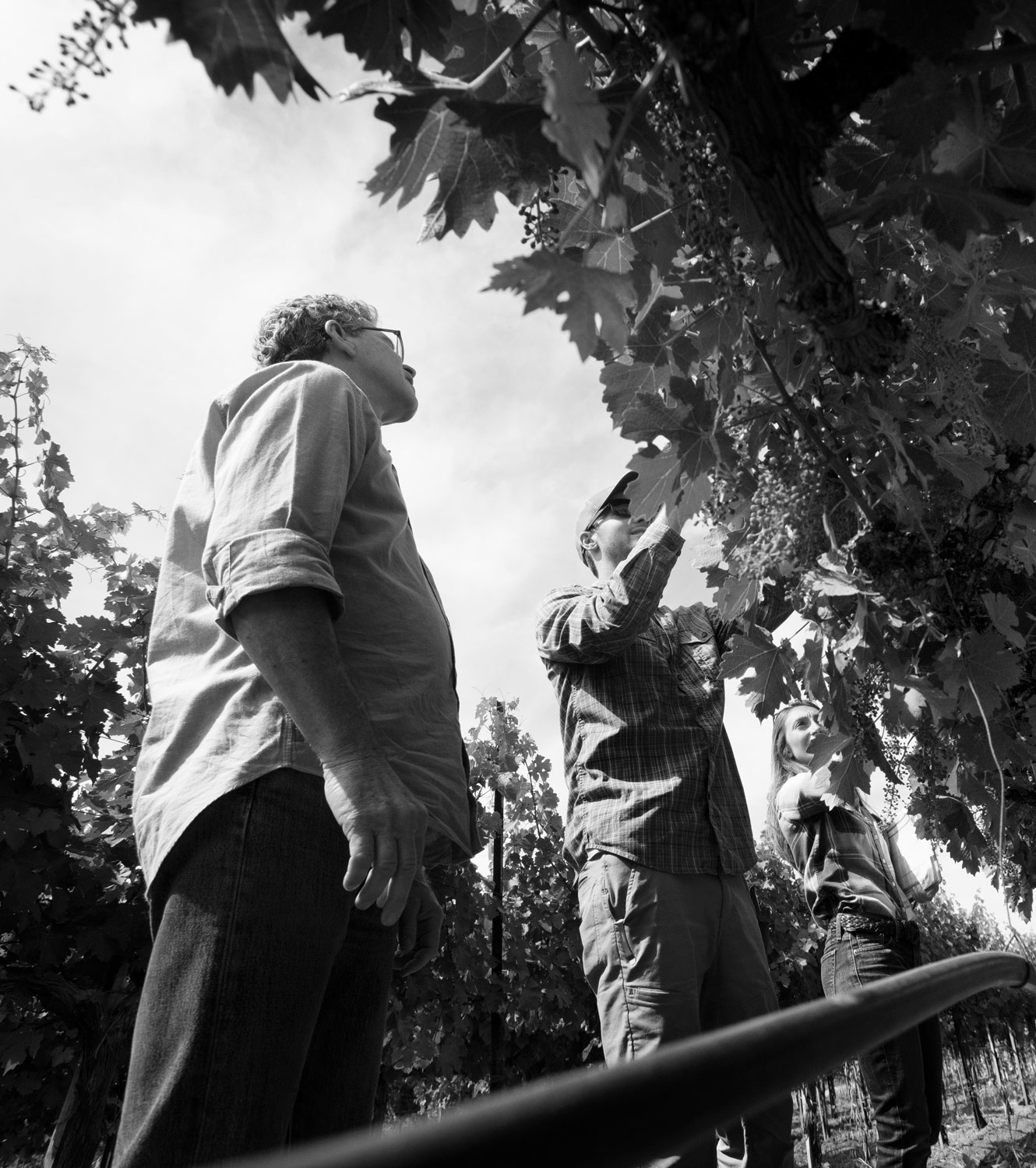
Our ongoing efforts has earned the endorsement of the California Sustainable Winegrowers Alliance (CSWA). Our estate vineyards have been Certified Sustainable since 2014 and the winery in 2016. Failing to embrace the vineyard’s soils, exposure, and microclimate would be a disservice to Mother Nature and to the wine.
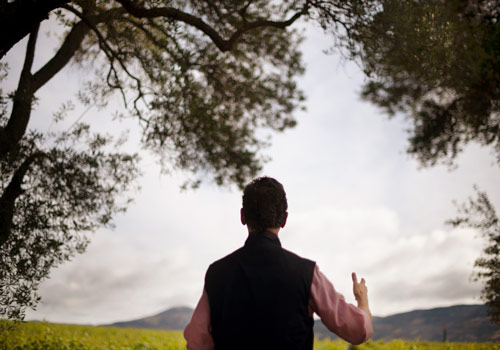
Observing each storied site
Here it is all about farming: when the winery was founded, Paul pursued the most distinctive sites within their appellation and farmed them to his standards. Today, our viticultural methods reflect the knowledge and experience of cultivating fruit from Sonoma County and Napa Valley for nearly 30 years.

